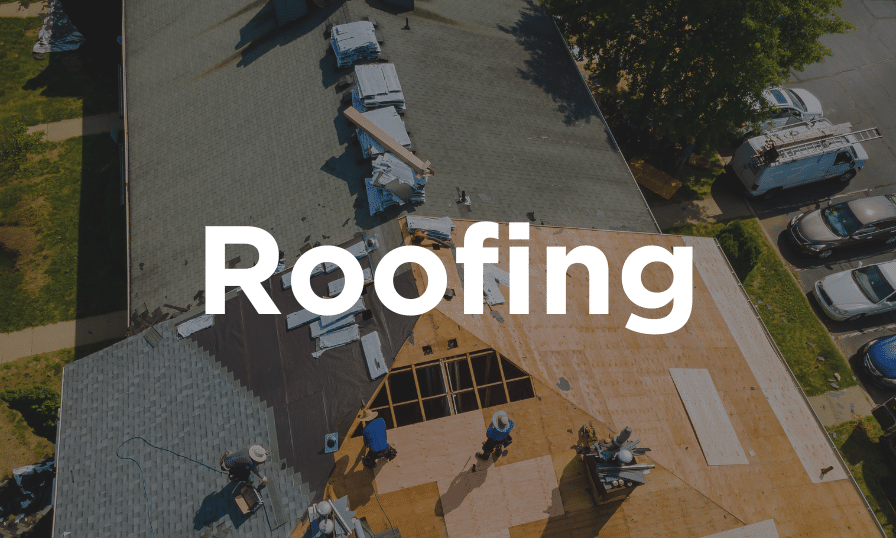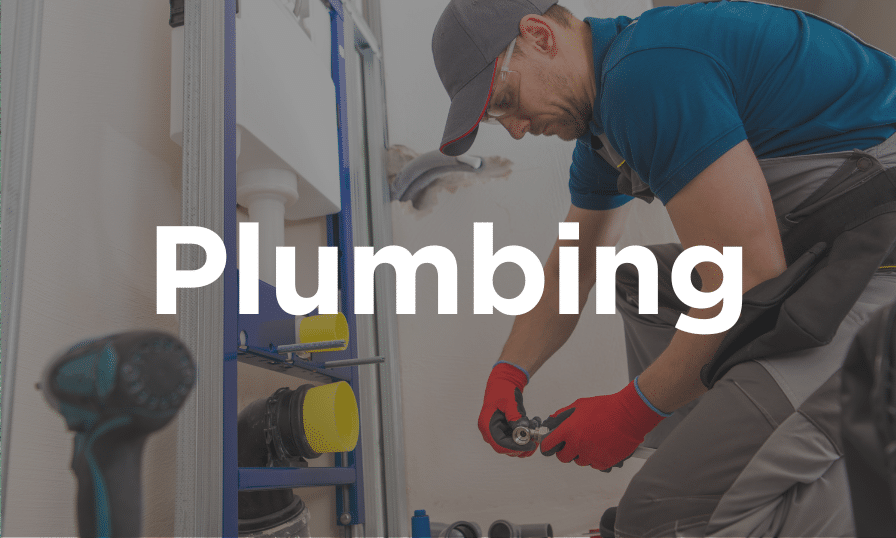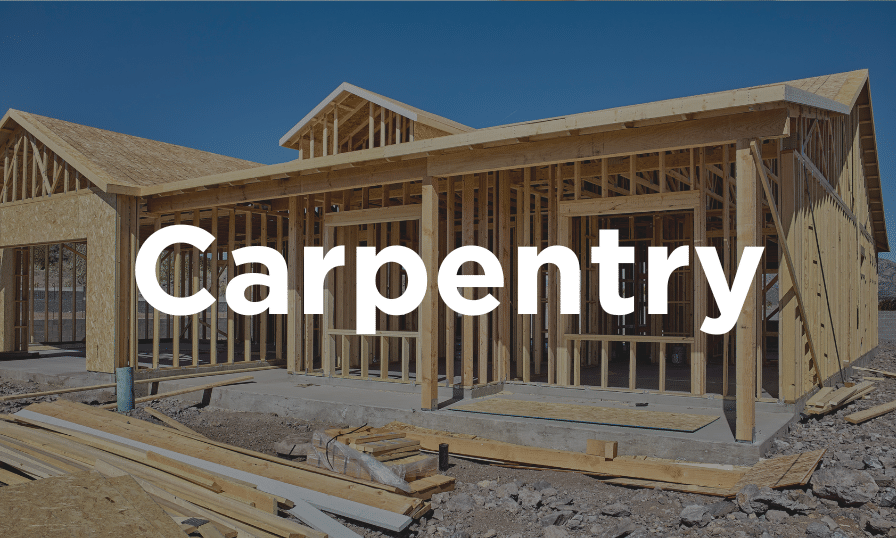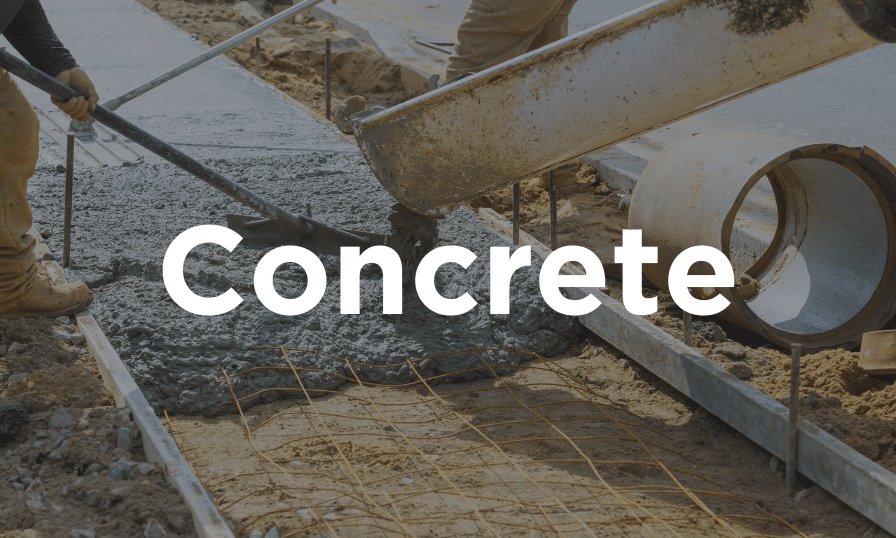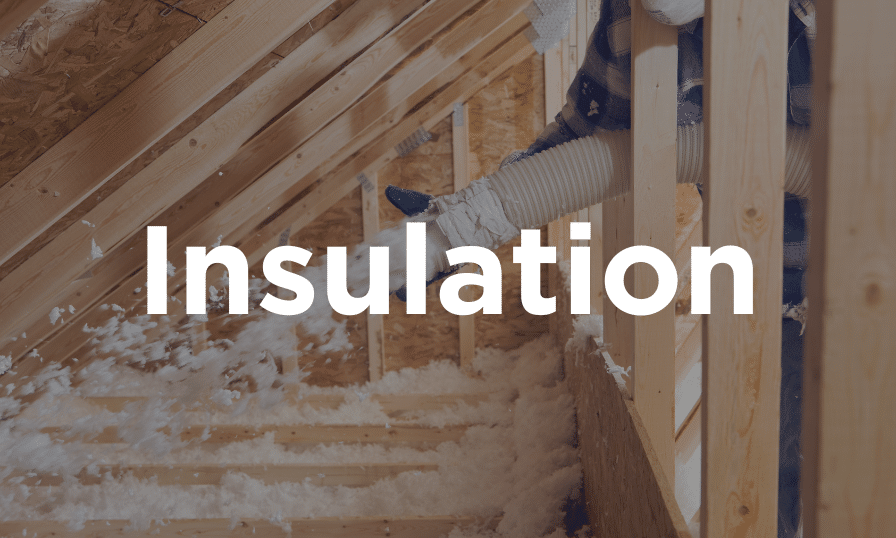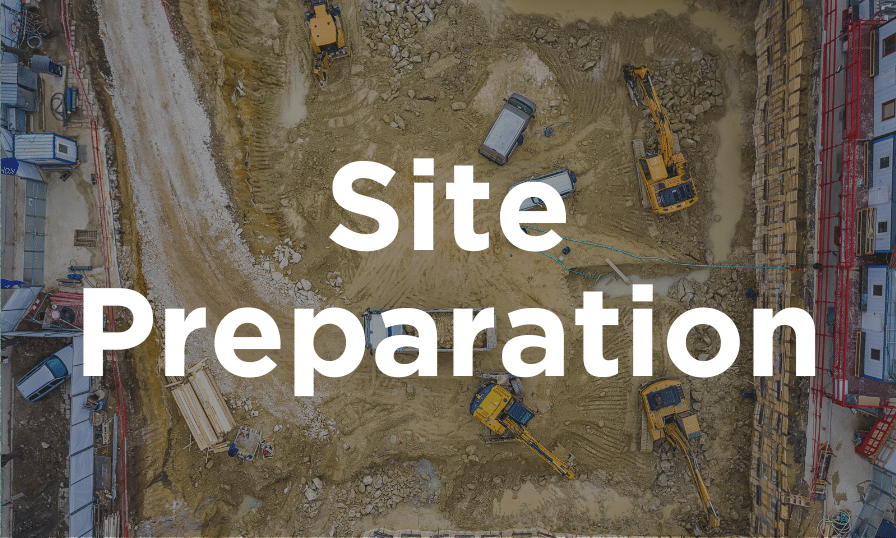Construction SOP Template Library
Welcome to Subtrak’s Construction SOP Template Library, your one-stop resource for free, expertly crafted Standard Operating Procedures tailored to various construction trades. Access SOP templates organized by trade, including roofing, carpentry, concrete, drywall, electrical, flooring, HVAC, insulation, landscaping, masonry, painting, plumbing, and site preparation. Each trade features templates broken down by project type and workflow, including bidding, project award, pre-construction, construction, punch list, and closeout. Download our templates to streamline your operations and ensure consistent, high-quality results across all your projects!

